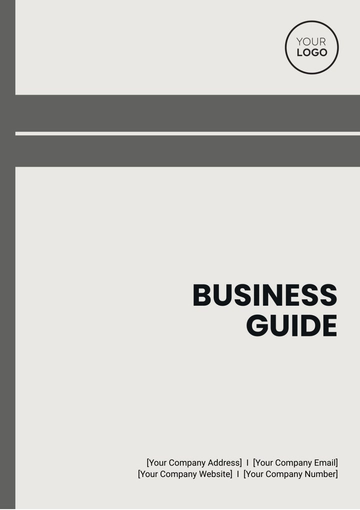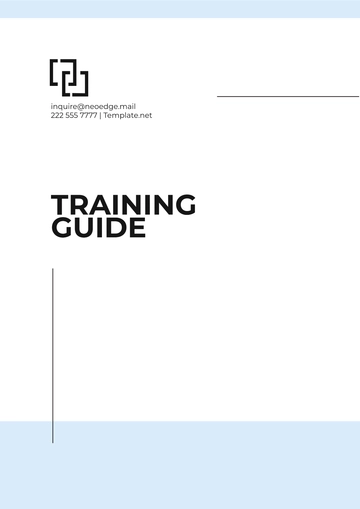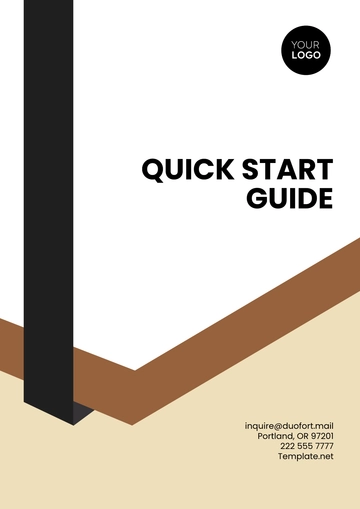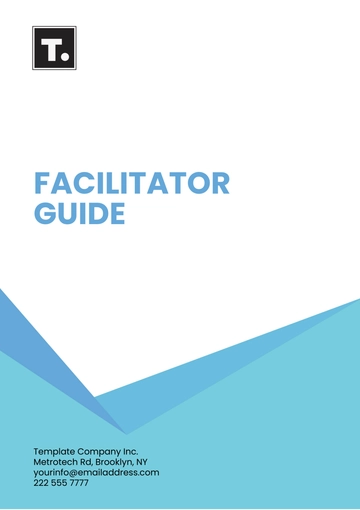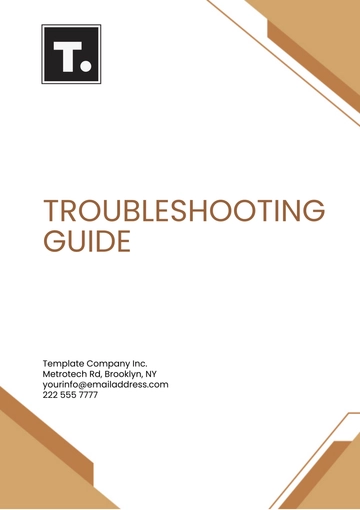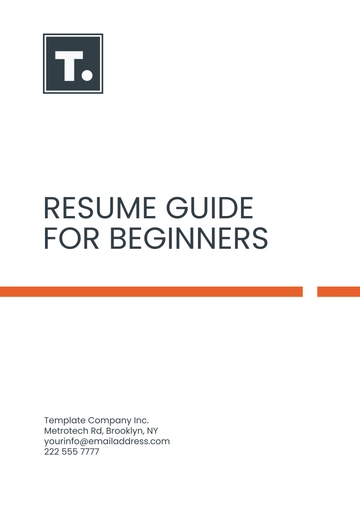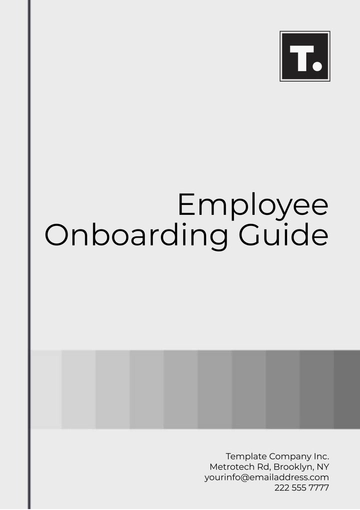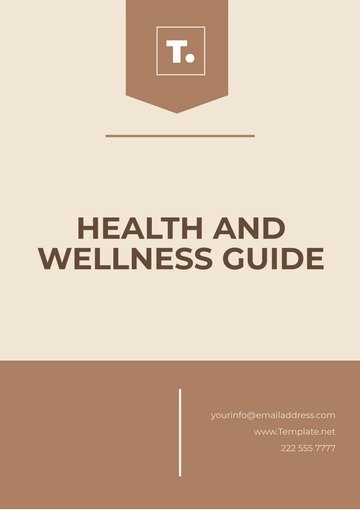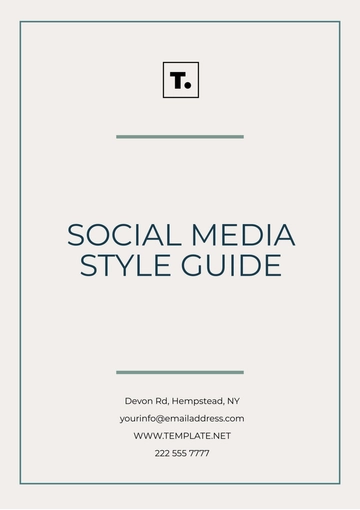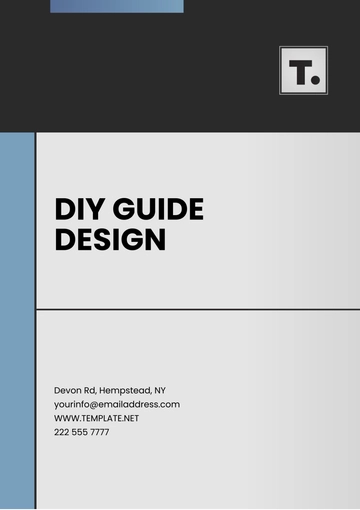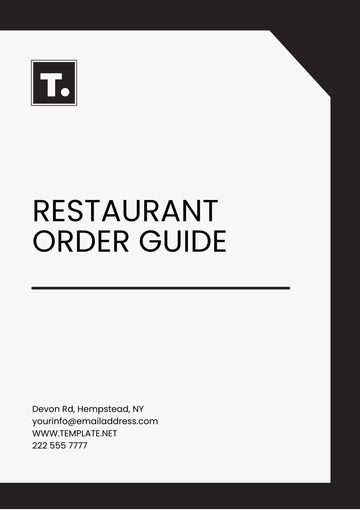Free Salon Training Guide
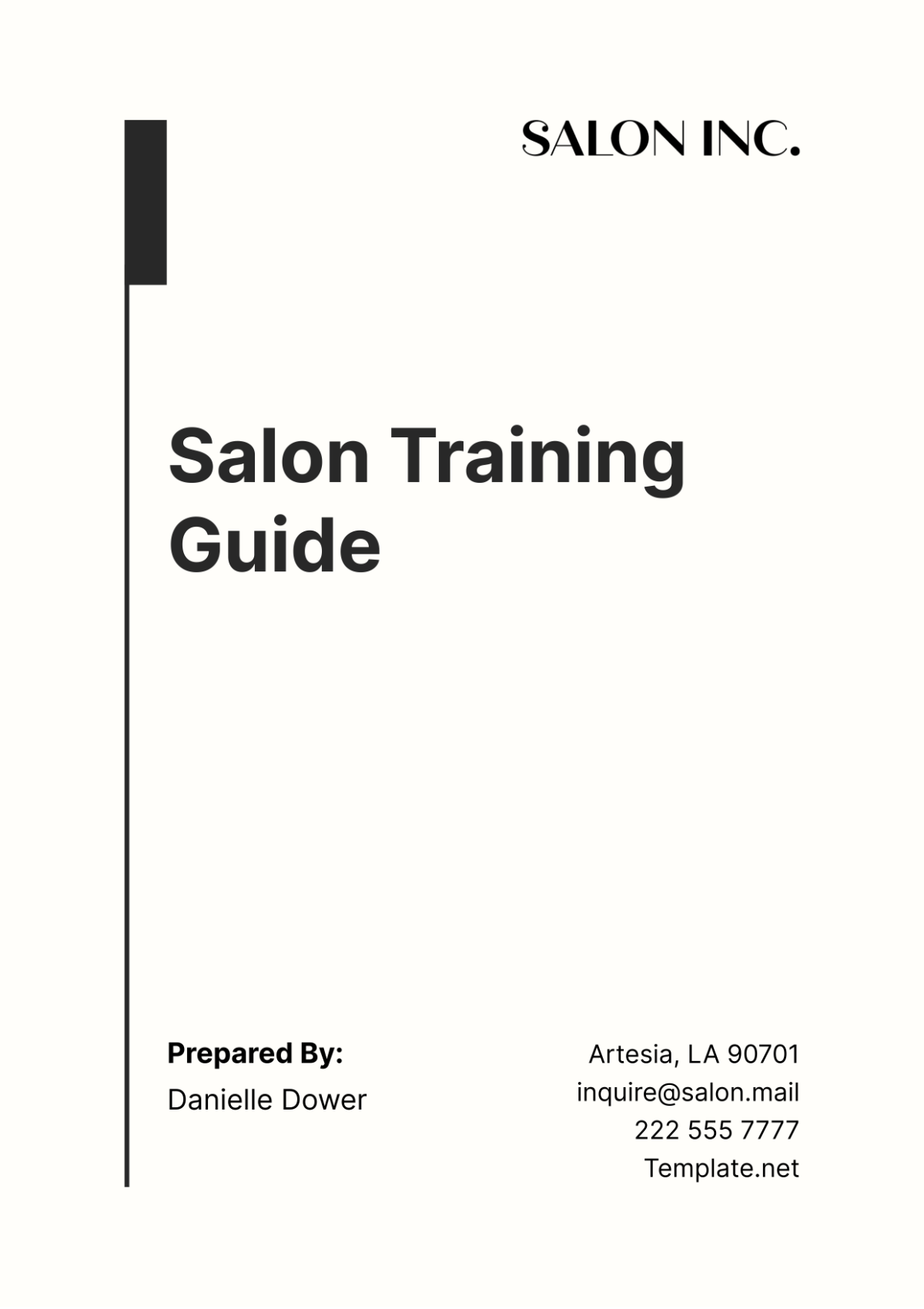
Chapter 1: Introduction
Welcome to the [YOUR COMPANY NAME] Salon Training Guide. Whether you are stepping into the beauty industry for the first time or you are an experienced professional aiming to refine your skills, this guide is crafted to assist you in mastering every aspect of salon services. Our comprehensive training approach is designed not just to enhance your technical skills but also to elevate your client interaction capabilities and ensure that every client leaves our salon feeling valued and well-cared for.
At [YOUR COMPANY NAME], we believe that continuous learning and development are the keystones of personal and professional growth. Therefore, this guide will serve as your roadmap through an exciting journey of skill enhancement, customer service excellence, and personal development. Let's embark on this journey together to ensure our clients receive the best service possible and to cement [YOUR COMPANY NAME] as a leader in the beauty industry.
Chapter 2: Fundamentals of Salon Etiquette and Customer Interaction
Excellent customer service is as critical as technical proficiency in our industry. At [YOUR COMPANY NAME], we prioritize creating a welcoming and professional environment for all clients. This chapter outlines the core principles of salon etiquette and effective customer interactions, essential for building lasting relationships with clients.
Core Principles of Interaction and Conduct:
Warm Greetings: Always greet clients warmly with a smile as soon as they enter the salon. A friendly reception sets the tone for a positive experience.
Appointment Confirmation: Confirm appointments a day before via phone or digital messaging to reduce no-shows and scheduling confusion.
Attentive Listening: Carefully listen to clients' requests and clarify to ensure understanding. This ensures that the service provided matches their expectations.
Workstation Organization: Maintain a clean and organized workstation at all times. This not only reflects professionalism but also adheres to health and safety standards.
Confidentiality: Treat all client conversations and information with the utmost discretion and confidentiality.
Role Play Scenarios:
To reinforce these principles, regular role-playing exercises will be conducted. These mock sessions will focus on various client types and scenarios to enhance your comfort and proficiency in managing real-world interactions.
Chapter 3: Technical Skill Development
Technical proficiency in hair styling, beauty treatments, and customer care forms the backbone of your role at [YOUR COMPANY NAME]. Below is a detailed table that outlines the essential skills every salon professional should master, along with descriptions and the tools needed for each task.
Table: Core Technical Skills and Tools
Skill | Description | Tools Needed |
|---|---|---|
Hair Cutting | Mastery in cutting techniques tailored for different hair types and lengths. | Scissors, Razors, Clippers |
Coloring | Proficient in applying dyes, highlights, and corrections with precision. | Brushes, Bowls, Foils |
Styling | Ability to create diverse styles for various occasions, from casual to formal. | Blow Dryers, Straighteners, Curlers |
Nail Services | Skilled in performing manicures, pedicures, and creating intricate nail art. | Nail Files, Polishes, UV Lamps |
Facial Treatments | Expertise in applying facials, masks, and massages for different skin types. | Cleansers, Masks, Moisturizers |
Step-by-Step Training Modules:
Each skill listed is broken down into detailed training modules, complete with step-by-step instructions and visual aids. Accompanying video tutorials are available on the company intranet to provide visual and practical examples. These modules are designed to be self-paced, allowing you to progress as you master each skill set thoroughly.
Chapter 4: Health and Safety Protocols
At [YOUR COMPANY NAME], ensuring the health and safety of both our clients and staff is a non-negotiable priority. This chapter details the crucial protocols that must be adhered to in order to maintain a safe and hygienic salon environment.
Key Safety Protocols:
Sanitization Procedures:
Tools and Surfaces: All tools and surfaces must be sanitized thoroughly after each use. Use EPA-approved disinfectants to ensure effective sterilization.
Regular Schedule: Establish and follow a regular cleaning schedule that includes daily, weekly, and monthly tasks to maintain overall salon hygiene.
Chemical Handling and Disposal:
Proper Storage: Store all chemicals in clearly labeled, sealed containers to prevent spills and contamination.
Safe Disposal: Follow local regulations for the disposal of hazardous materials to ensure environmental safety and compliance.
Injury Prevention:
Ergonomic Practices: Train staff in ergonomic practices to prevent strain and injury, such as correct posture during services and proper handling of tools.
First Aid: Maintain a well-stocked first aid kit accessible to all staff, and ensure everyone is trained on basic first aid procedures.
Legal Compliance:
Regulations: Regularly update the team on legal health and safety guidelines and ensure the salon is in compliance with all local, state, and federal regulations.
Documentation: Keep detailed records of all safety inspections, incident reports, and training sessions as part of legal compliance and best practices.
Emergency Response:
Emergency Protocols: Develop and regularly update emergency response protocols, including fire safety, medical emergencies, and natural disaster responses.
Drills: Conduct regular emergency drills to ensure staff are familiar with emergency procedures and can respond quickly and effectively.
Chapter 5: Client Consultation and Record Keeping
Effective client consultations are essential for delivering personalized services and achieving high client satisfaction. This chapter outlines the best practices for conducting consultations and maintaining accurate and confidential client records.
Effective Consultation Practices:
Client Intake:
Detailed Interviews: Use client intake forms to gather comprehensive information about clients’ preferences, allergies, and service history.
Assessment: Assess the client’s needs and desires through attentive listening and thoughtful questioning during the consultation.
Record Keeping:
Digital Records: Utilize a secure digital system for recording client details to enhance accuracy and accessibility.
Updates: Ensure that client records are updated after every appointment, noting any changes in preferences or important observations.
Privacy and Confidentiality:
Data Protection: Train staff on data protection laws relevant to client information and ensure strict protocols are followed to safeguard client privacy.
Access Control: Limit access to client records to authorized personnel only to maintain confidentiality.
Utilizing Feedback:
Feedback Collection: Implement a system for collecting client feedback after services via digital surveys or feedback forms.
Actionable Insights: Use feedback to tailor services to client preferences and to address any areas of improvement.
Chapter 6: Continuous Learning and Development
The beauty industry is constantly evolving, with new trends, techniques, and products emerging regularly. Continuous professional development is vital for staying current and providing the best possible service to clients.
Professional Development Strategies:
Workshops and Seminars:
Annual Requirement: Encourage staff to attend at least two professional development workshops or seminars each year to enhance their skills and knowledge.
In-Salon Training: Organize regular training sessions in the salon to introduce new techniques and products.
Industry Engagement:
Subscriptions: Provide subscriptions to leading industry journals and publications for staff to stay informed about the latest trends.
Network Building: Support staff in joining professional beauty associations and networks to build connections and learn from peers.
Feedback Mechanisms:
Peer Reviews: Implement a system where staff can receive constructive feedback from their peers and supervisors.
Self-Assessment: Encourage self-assessment and reflection as part of personal and professional growth.
Cross-Training Opportunities:
Skill Diversification: Offer opportunities for staff to learn skills outside their primary area of expertise, such as a hairstylist learning basic nail care or makeup application.
Rotation Program: Consider a rotation program where staff can work in different areas of the salon to broaden their experience and enhance team collaboration.
By investing in the continuous growth and development of our team, [YOUR COMPANY NAME] not only enhances the skills and knowledge of individual team members but also ensures that our salon remains at the cutting edge of the industry, ready to meet the diverse needs of our clients. This commitment to excellence is what defines our brand and sets us apart in the competitive landscape of the beauty industry.
- 100% Customizable, free editor
- Access 1 Million+ Templates, photo’s & graphics
- Download or share as a template
- Click and replace photos, graphics, text, backgrounds
- Resize, crop, AI write & more
- Access advanced editor
Elevate your salon's standards with Template.net's Salon Training Guide Template. Designed to empower your team with the latest techniques and best practices, this template is a comprehensive resource for staff development. Exclusively available on Template.net, it seamlessly merges professionalism with practicality. Customize effortlessly using our AI editor tool, tailoring it to your salon's specific training needs. Invest in excellence with confidence and precision.



